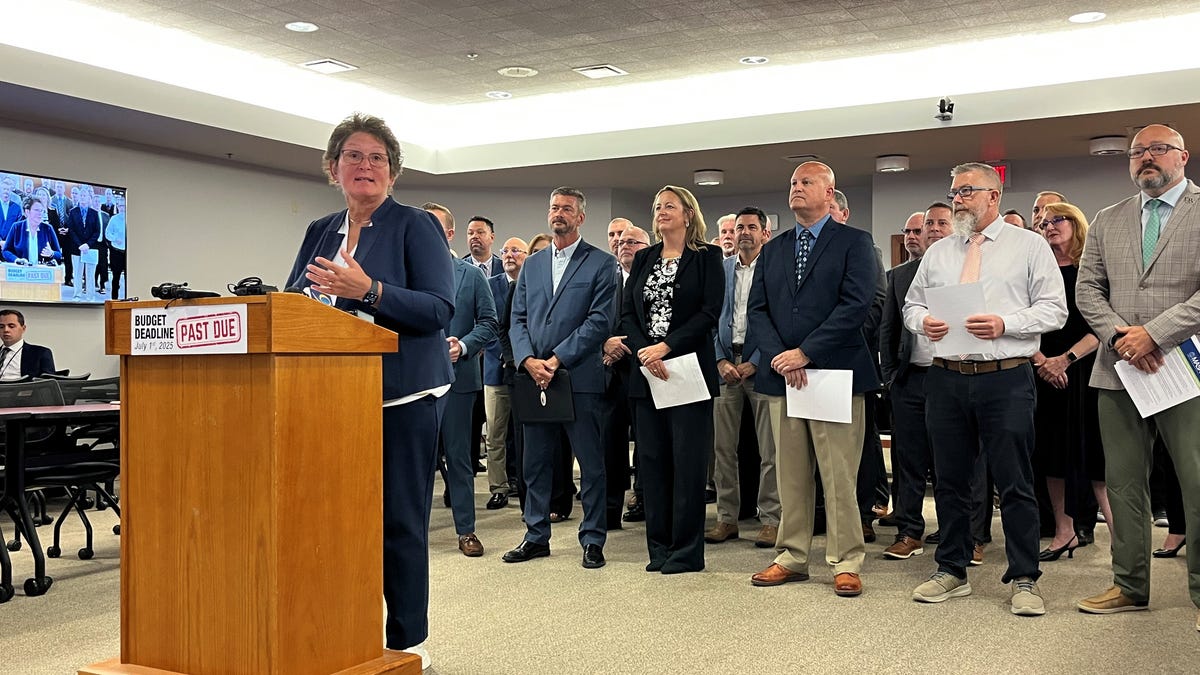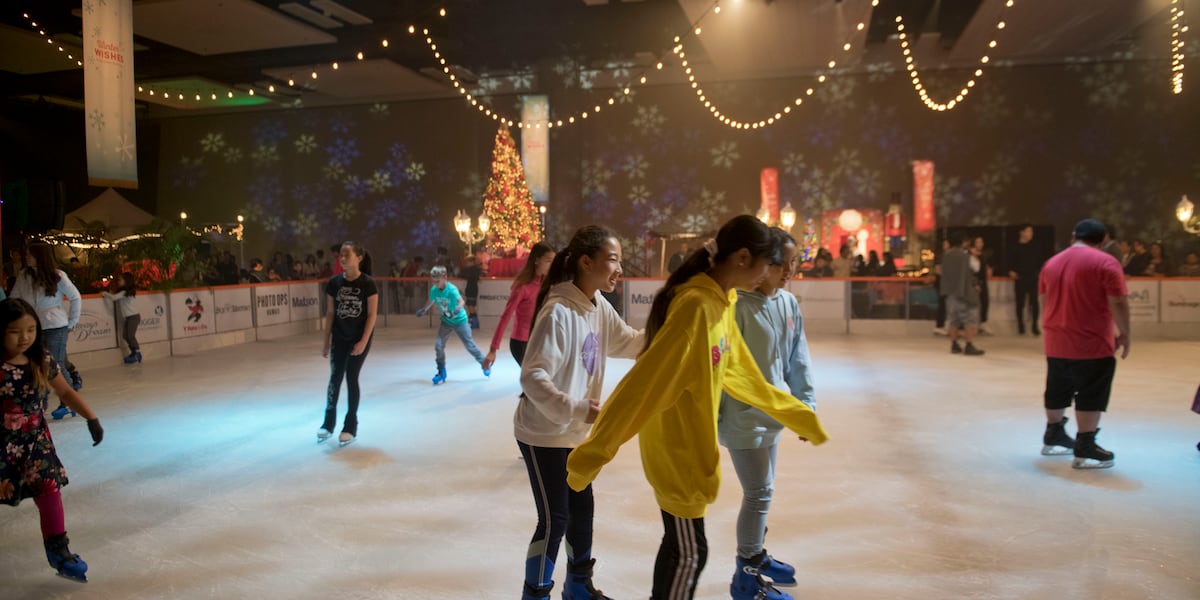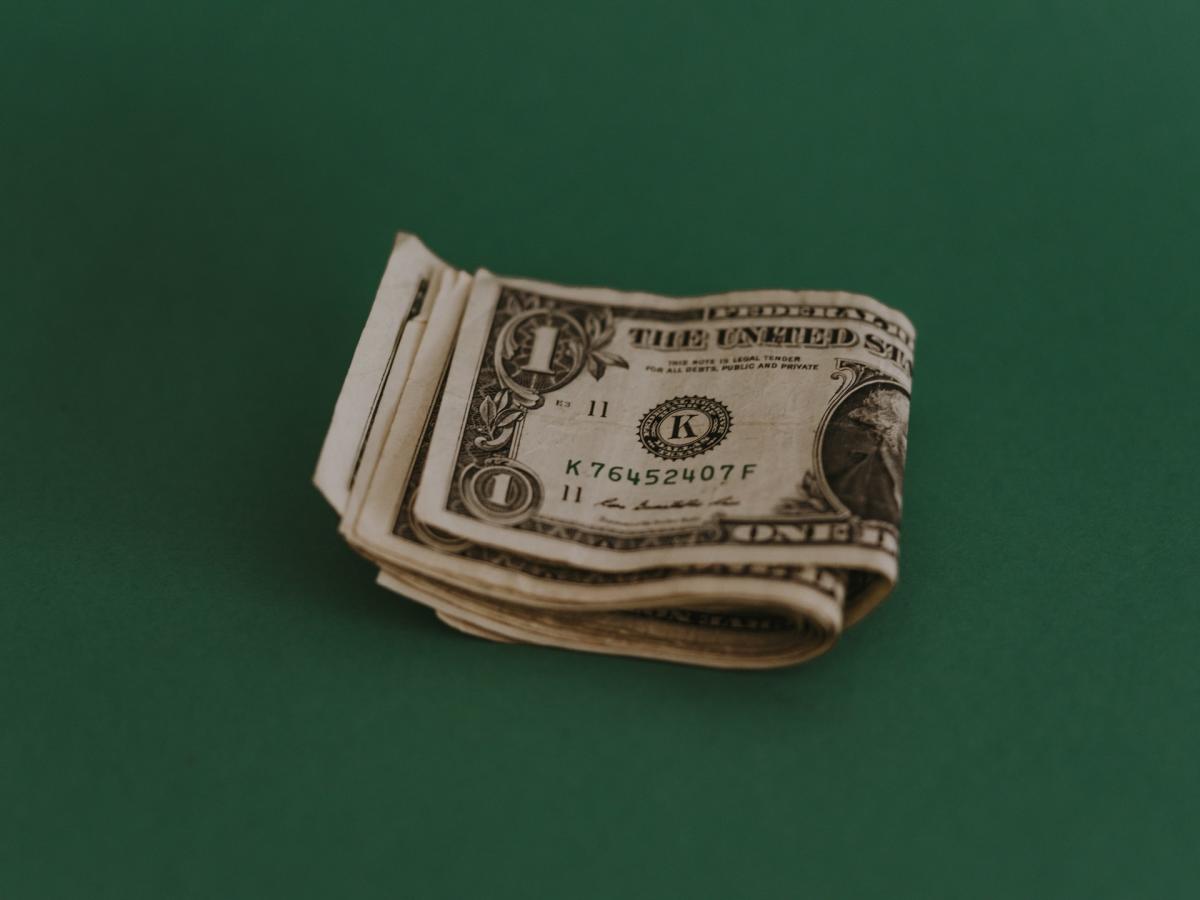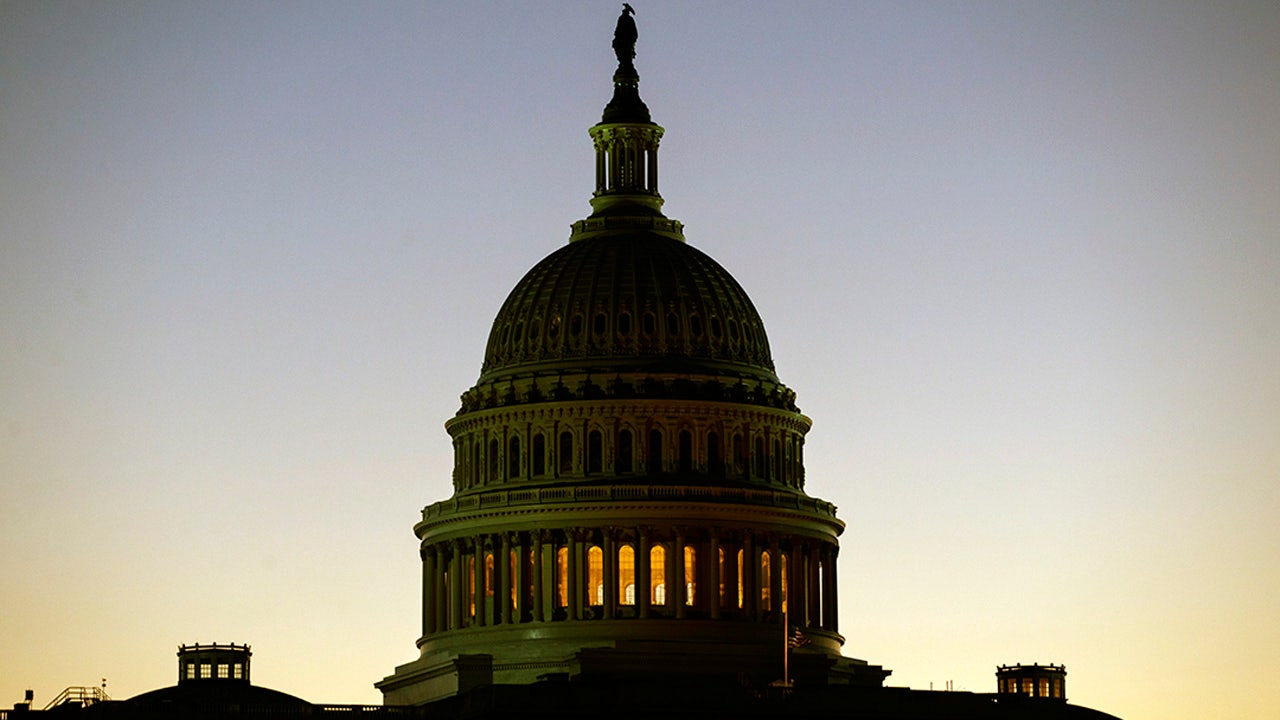Hawaii
A Hawaii noodle factory that makes an incredible comfort food

A steamed shoyu chicken manapua at Chun Wah Kam in Honolulu.
Image via Yelp user Fran C.Every time I go home to Hawaii, I always make a special stop to Chun Wah Kam Noodle Factory. The family business has been serving made-from-scratch noodles since 1942, but the reason I make the trip repeatedly is for their manapua.
I grew up on manapua, fluffy steamed or baked buns filled with meat. My favorite is char siu. It’s a beloved food in Hawaii, right up there with malasadas and mochi.
Advertisement
Article continues below this ad
Advertisement
Article continues below this ad
“They’re reasonably priced and they kind of speak to a lot of locals in the sense that they’re kind of a Hawaii comfort food,” Elliott Chun of Chun Wah Kam Noodle Factory tells SFGATE.
“Everyone’s got a char siu bao. Manapua is that, kind of, but it’s not,” Elliott continues. “The texture and the flavor of the dough is different. A manapua dough is going to be lighter and softer. It should also have a lot more flavor.”
The company was founded by Wah Kam Chun, who left for Hawaii when Japan invaded China during World War II. Elliott is the grandson of the founder, and works alongside his parents and cousin in the business.
Chun Wah Kam Noodle Factory’s founder, Wah Kam Chun, with his wife, Kim Ling Chun, and grandson Elliott Chun.
Elliott ChunAdvertisement
Article continues below this ad
“He fled China by himself because that’s all he could afford. He was married to my grandmother at the time [and they had two kids together],” Elliott says. “He came here, he learned the noodle trade, and then in 1942 he split off on his own to open Chun Wah Kam. It took him years to save up enough money to bring his family over from China.”
The company started out, as its name implies, as a noodle business, selling mostly to wholesalers. It wasn’t until the 1970s that it added a lunch menu, with noodle dishes, using family recipes. This is also when they began selling manapua, starting with a standard recipe of yeast, flour and precooked filling. Elliott says the family spent years perfecting it.
Ching Chang, the oldest sister of Wah Kam Chun, holds a steamed manapua, ready to eat.
Elliott ChunToday, Chun Wah Kam Noodle Factory sells several thousand manapua per day from its four locations on Oahu. They also have expanded into assorted fillings, such as Thai curry chicken, azuki bean and shoyu chicken. Around holidays, they color the steamed white buns in festive colors.
Advertisement
Article continues below this ad
The popularity of the manapua lies in its origin, which goes back generations. When Chinese immigrants came to Hawaii in the 19th century to work on the sugar plantations, they also brought their char siu bao (pork-filled buns).
“Manapua are deeply embedded in the collective memory of old Hawaii,” writes Arnold Hiura in his book “Kau Kau: Cuisine & Culture in the Hawaiian Islands.”
“In simpler times, they were sold on the streets of many communities by peddlers who were known only as the ‘manapua man,’” Hiura continues. “Carrying their tasty goods in containers hung on each end of the pole, the manapua man canvassed the neighborhoods with the pole slung over his shoulders.”
Food to go from Chun Wah Kam in Honolulu, including a mixed plate, left, with ginger chicken fried rice and udon noodles, and a box of baked manapua, right.
Image via Yelp user Celina M.Advertisement
Article continues below this ad
Over time, the char siu bao evolved, and got bigger. “Things come to Hawaii and the melting pot of cultures kind of changes them,” Elliott says. When immigrants first brought it to Hawaii, Hawaiians renamed it “mea ono puaa,” which translates to “delicious pork pastry.” Eventually, the name was shortened to manapua.
In the mid 1900s, manapua men shifted from peddling on the street to selling out of food trucks, which can still be found around neighborhoods today. Manapua is also sold at brick-and-mortar stores, like Chun Wah Kam.
Chun Wah Kam Noodle Factory also serves plate lunches that may include fried rice, chow mein, orange chicken and beef broccoli.
Elliott ChunThe popularity of Chun Wah Kam Noodle Factory’s manapua has grown since its humble beginnings. Now, Elliott says, the family would like to expand to the neighbor islands and eventually the continental U.S., particularly Las Vegas, where there is a large Hawaii expat population.
Advertisement
Article continues below this ad
And as someone who has moved away from Hawaii, I see the appeal. The food connects me to my past and to the place I still call home.
“When you’re eating a manapua you’re not just enjoying it. It’s maybe tapping into some emotional parts of it,” Elliott says. “I think it’s just that cultural tie that has just kind of made it an iconic cultural food of Hawaii.”
We have a newsletter all about Hawaii, with news, tips and in-depth features from the Aloha state. Sign up here.
Advertisement
Article continues below this ad

Hawaii
Hawaii Set to Host First State Surfing Championship in 2026
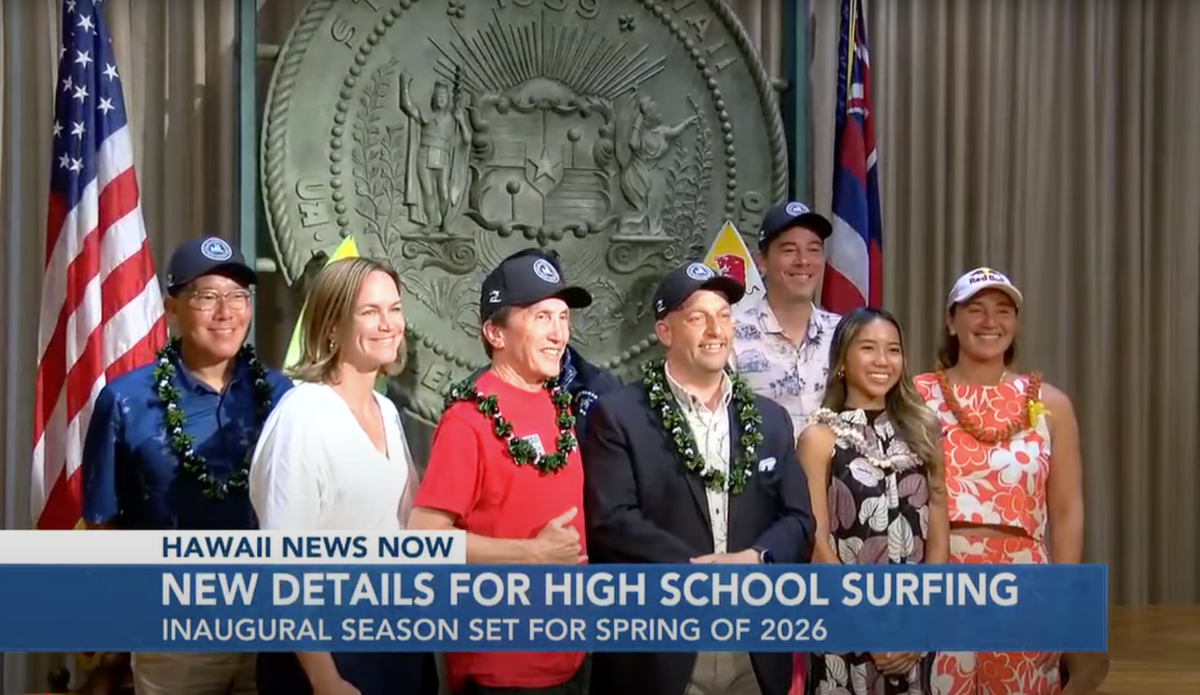
Hawaii Governor Josh Green was joined by Carissa Moore Monday to announce the 2026 Hawaii High School Athletic Association (HHSAA) surfing competition. The contest will be held at Hookipa Beach on Maui’s north shore on May 1 and May 2 and will cap off the first school year in which surfing is an official team sport at the prep level in the Aloha State.
HHSAA announced that surfing would be added to its spring 2026 schedule back in July after Gov. Green signed a bill providing $685,000 in funding for the state’s interscholastic leagues. Prior to that, athletes like Carissa Moore were left with traveling to compete as individuals representing their schools in NSSA events.
“It would’ve been cool to have a few more of my peers alongside me competing and doing it together, and representing something bigger than ourselves,” Moore told the media on Monday. She joked about the complications it created as a student, making up missed P.E. credits with laps around the track at Punahou School. “Surfing is a very individual sport, and I think this team aspect is so important and something that I missed out on as a young person.”
The May 2026 event will include competition categories for both boys and girls in three different disciplines: shortboard, longboard, and bodyboard.
“The Maui high schools have competed for 19 years as an unofficial club sport and then from 10 years ago, we’ve been competing as an official MIL sport,” said Maui Interscholastic League surfing co-coordinator Kim Ball. “So you can imagine the enthusiasm and excitement after 29 years that we’re finally going to have a state championship. The county of Maui and our MIL surf crew will do all we can to make it a memorable event.”
The news is being celebrated around Hawaii for the sport’s importance within the state’s culture and history. Beyond that, however, it makes Hawaii the first state in the U.S. to recognize surfing as a state champion team event.
Hawaii
Shohei Ohtani’s lawyers claim he was victim in Hawaii real estate deal

HONOLULU — Dodgers star Shohei Ohtani and his agent, Nez Balelo, moved to dismiss a lawsuit filed last month accusing them of causing a Hawaii real estate investor and broker to be fired from a $240-million luxury housing development on the Big Island’s Hapuna Coast.
Ohtani and Balelo were sued Aug. 8 in Hawaii Circuit Court for the First Circuit by developer Kevin J. Hayes Sr. and real estate broker Tomoko Matsumoto, West Point Investment Corp. and Hapuna Estates Property Owners, who accused them of “abuse of power” that allegedly resulted in tortious interference and unjust enrichment.
Hayes and Matsumoto had been dropped from the development deal by Kingsbarn Realty Capital, the joint venture’s majority owner.
In papers filed Sunday, lawyers for Ohtani and Balelo said Hayes and Matsumoto in 2023 acquired rights for a joint venture in which they owned a minority percentage to use Ohtani’s name, image and likeness under an endorsement agreement to market the venture’s real estate development at the Mauna Kea Resort. The lawyers said Ohtani was a “victim of NIL violations.”
“Unbeknownst to Ohtani and his agent Nez Balelo, plaintiffs exploited Ohtani’s name and photograph to drum up traffic to a website that marketed plaintiffs’ own side project development,” the lawyers wrote. “They engaged in this self-dealing without authorization, and without paying Ohtani for that use, in a selfish and wrongful effort to take advantage of their proximity to the most famous baseball player in the world.”
The lawyers claimed Hayes and Matsumoto sued after “Balelo did his job and protected his client by expressing justifiable concern about this misuse and threatening to take legal action against this clear misappropriation.” They called Balelo’s actions “clearly protected speech “
In a statement issued after the suit was filed last month, Kingsbarn called the allegations “completely frivolous and without merit.”
Ohtani is a three-time MVP on the defending World Series champion Dodgers.
“Nez Balelo has always prioritized Shohei Ohtani’s best interests, including protecting his name, image, and likeness from unauthorized use,” a lawyer for Ohtani and Balelo, said in a statement. “This frivolous lawsuit is a desperate attempt by plaintiffs to distract from their myriad of failures and blatant misappropriation of Mr. Ohtani’s rights.”
Lawyers for Hayes and Matsumoto did not immediately respond to a request for comment.
Hawaii
Hawaii justices offer mixed ruling on Green’s housing proclamation | Honolulu Star-Advertiser
-

 Finance6 days ago
Finance6 days agoReimagining Finance: Derek Kudsee on Coda’s AI-Powered Future
-
World1 week ago
Russian jets enter Estonia's airspace in latest test for NATO
-
North Dakota6 days ago
Board approves Brent Sanford as new ‘commissioner’ of North Dakota University System
-

 World5 days ago
World5 days agoSyria’s new president takes center stage at UNGA as concerns linger over terrorist past
-

 Technology5 days ago
Technology5 days agoThese earbuds include a tiny wired microphone you can hold
-

 Culture5 days ago
Culture5 days agoTest Your Memory of These Classic Books for Young Readers
-
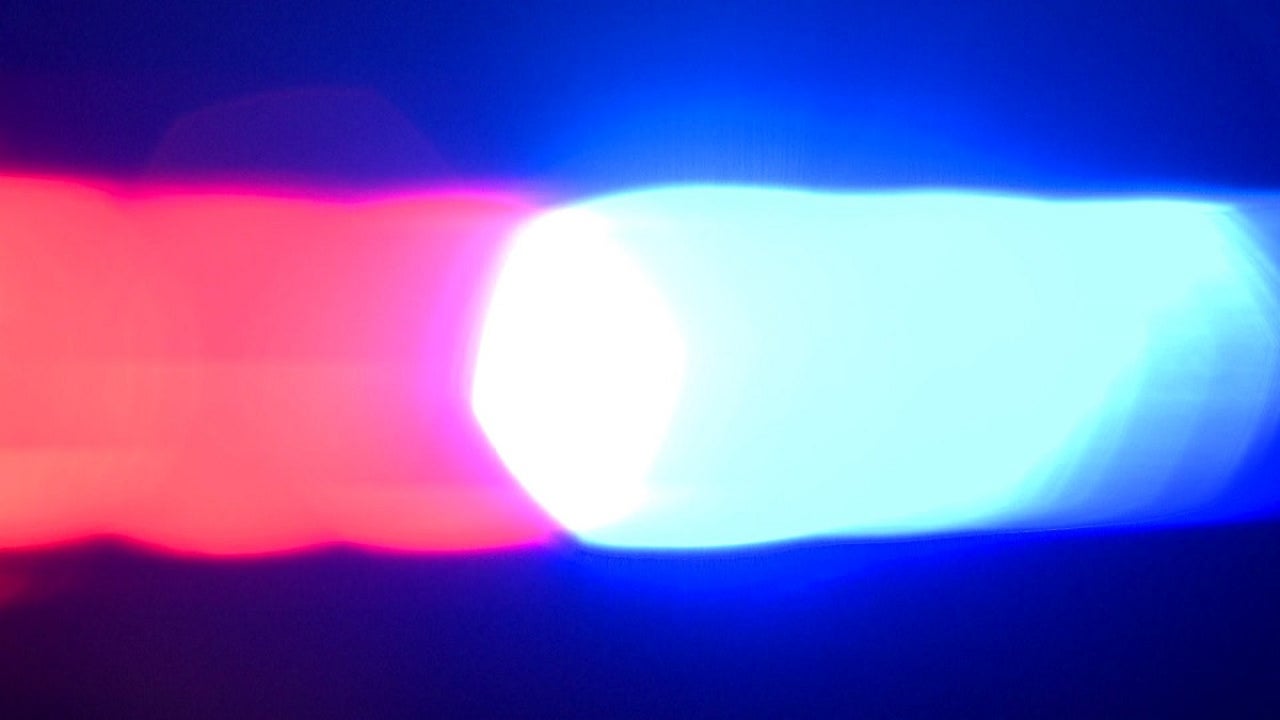
 Crypto5 days ago
Crypto5 days agoTexas brothers charged in cryptocurrency kidnapping, robbery in MN
-

 Crypto6 days ago
Crypto6 days agoEU Enforcers Arrest 5 Over €100M Cryptocurrency Scam – Law360

